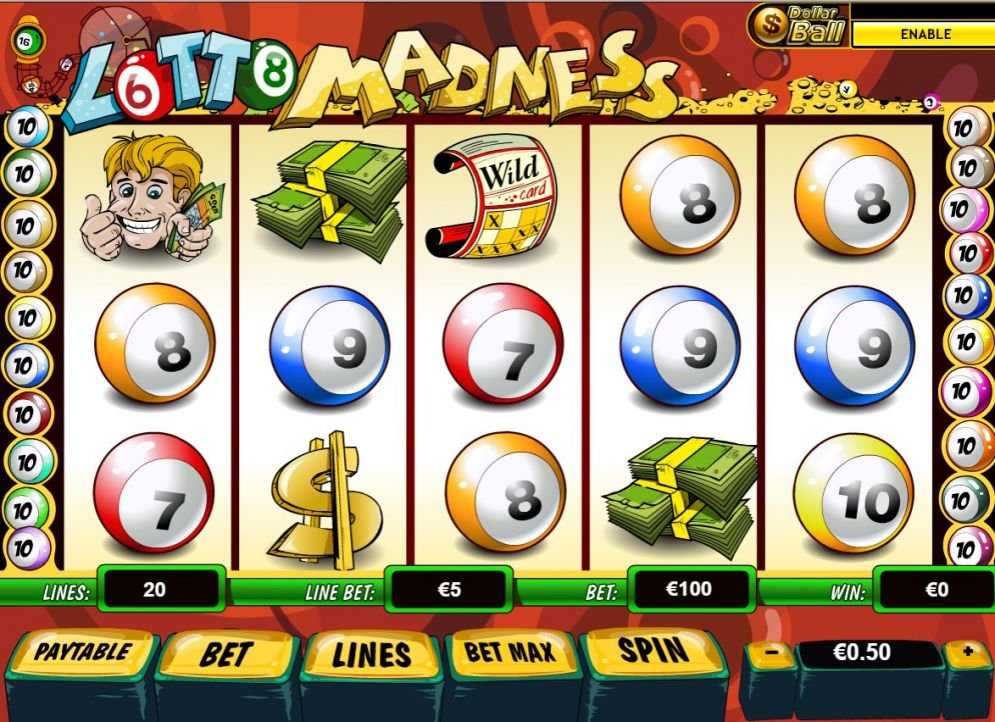
What Happens To the Lottery Tax Revenue from the $750 Million Mega Millions Jackpot?
As of January 15, 2021, the Mega Millions lottery game jackpot has surpassed the $750 million mark and keeps rising at an overwhelming rate. It has become the second-largest prize offering Mega Millions has ever seen – outpaced only by the $1.5 billion grand prize, which was claimed in October 2018 – and the fifth-largest jackpot in the U.S. history of lotteries.
When the lottery playing tradition was only being formed in the USA in the mid-twentieth century, lotteries were advertised and promoted on the firm conviction that they were of much use to the public. What it meant was that the more people played, the bigger the jackpot was and, consequently, the more tax was paid, allowing an increase in spending on public services, such as education, environment, etc.
But, somehow, along the way, the priorities must have shifted and what was supposed to be a good endeavor has stopped benefiting American society. Or has it?
Bigger payout, lower odds
To determine what has or has not gone wrong here, it is important to clearly understand how lottery jackpots are built up. The reason why jackpots get so big lies in the rollover principle they utilize. In simple terms, when such jackpots remain unclaimed, they are transferred in full to the following draw and are added to the funds received through next week’s ticket sales.
While the price you have to pay to try your luck at winning a whopping $750 Million Mega Millions jackpot is relatively small – around just $2 per ticket – the odds of your actually winning this are very meager and almost non-existent. In all honesty, with a 1:300 million chance to hit the jackpot, you are much more likely to get killed in an accident involving a malfunctioning vending machine or become the next US President.
To help you better appreciate the odds of winning a jackpot this big, try imagining a super-large swimming pool filled with identical ping-pong balls, one of which is a different color than the rest. Now, bring in your friend, blindfold them, and ask to fish out that one differently colored ball in a single go.
According to a national poll conducted in 2016, one in two Americans today play lotteries. As impressive as that may look, it is still a significant decrease compared to 70% of Americans playing lotteries back in the 1980s. This trend indicates that lotteries now need to find a way to make fewer people pay more to play.
In 2017, seeking to attract more users with its mind-blowing jackpots, the above-mentioned Mega Millions decided to update the rules upon which the game is built. It gave up its previous 5:75/1:15 structure and switched to the 5:70/1:25 logic. This means that players now have to pick five correct numbers out of the pool of 70 and then choose one more number out of 25 correctly to hit a jackpot. As a result, matching all five balls in the first section has become easier, but winning the grand prize, in general, is now more difficult than ever. To add insult to injury, the price of a ticket is twice what it used to be.
Where does all this money end up?
The profits made from the Mega Millions lottery are divided evenly between the 47 participating parties – 45 states, the U.S. Virgin Islands, and D.C. About half of these jurisdictions choose to spend the lotto dollars they receive on education; some states direct these funds towards environmental efforts, while others use the money on supporting youth detention and correctional centers.
The plan was to use the lottery tax profits as a way to advance education; however, the majority of state legislatures have chosen to spend this money as a primary – and not additional – source of funding education, redeploying the funds that were originally meant for this on covering other budget needs.
A 2018 study conducted by the NC Center for Public Policy Research revealed that some states had fallen into the habit of replacing the normal budgetary appropriations with money from the lotto entirely. North Carolina itself has been spending ever less of its total budget on funding education since the lottery was launched.
In conclusion, even when the lotto money is not spent exactly as it should, it can still be of substantial assistance to some states with severely underfunded public service sectors, so pulling the plug on lotteries like Mega Millions is not a great option. Right now at least…
Play lotto in SA and win real money on site YesPlay!
Please, leave a comment